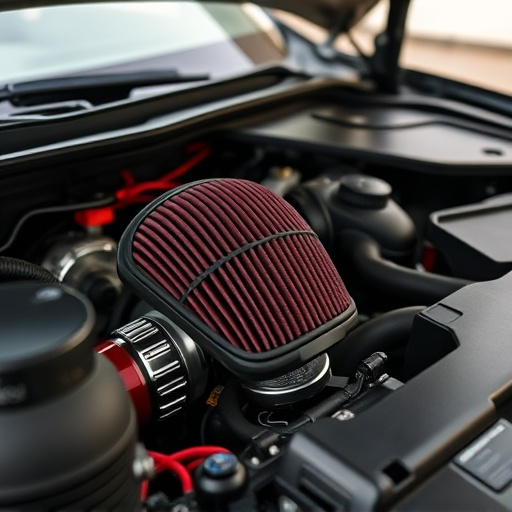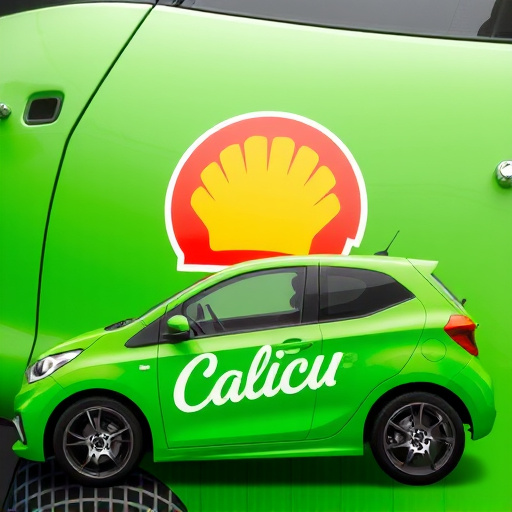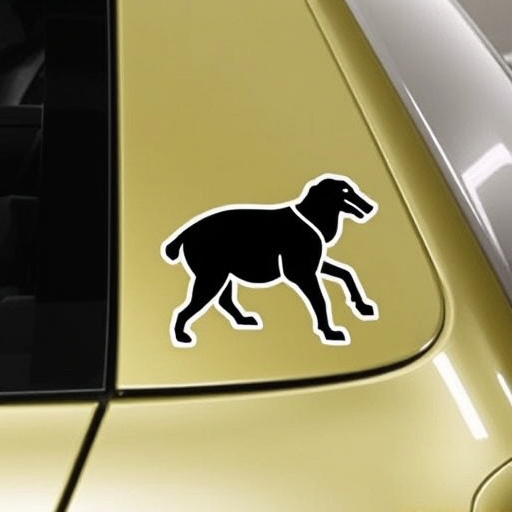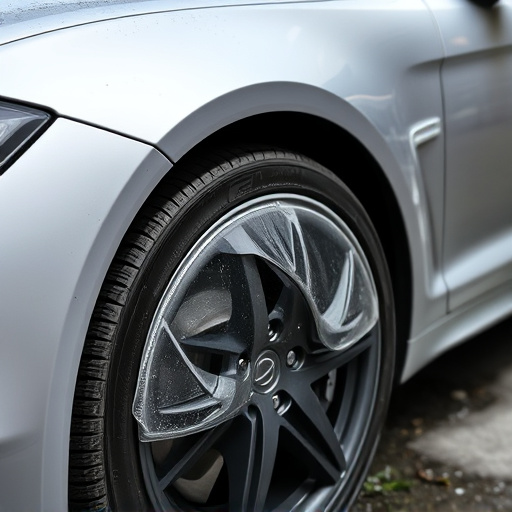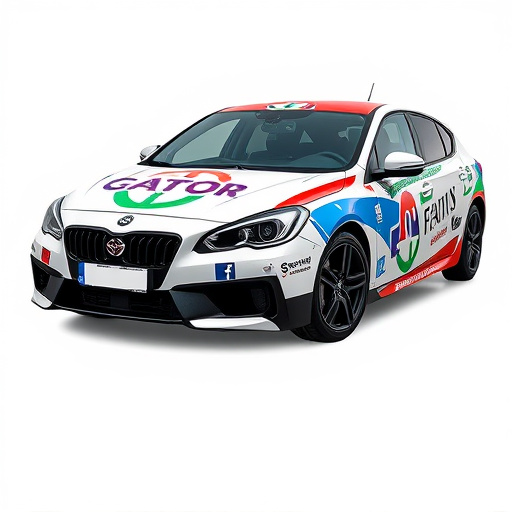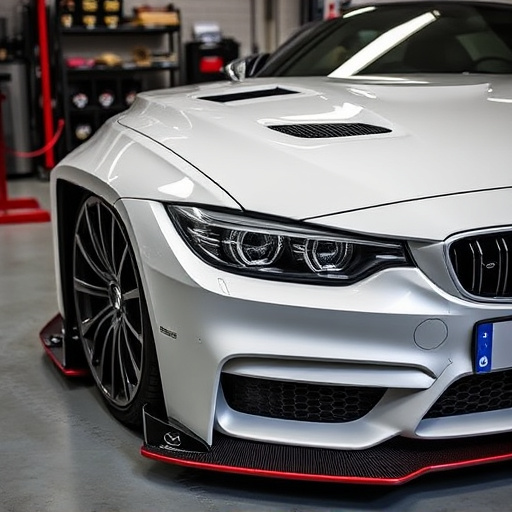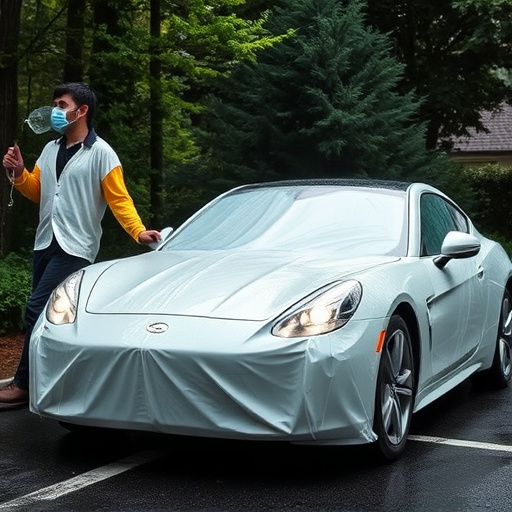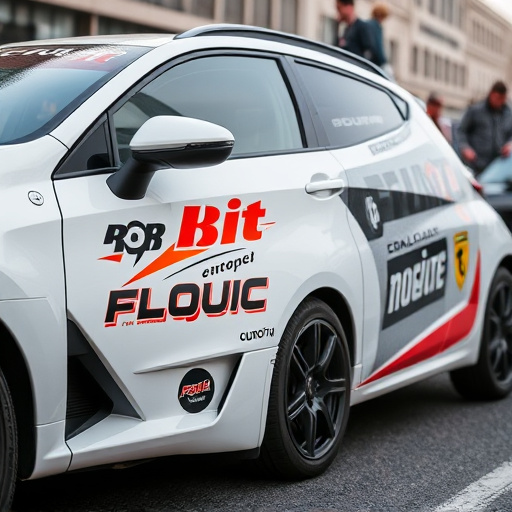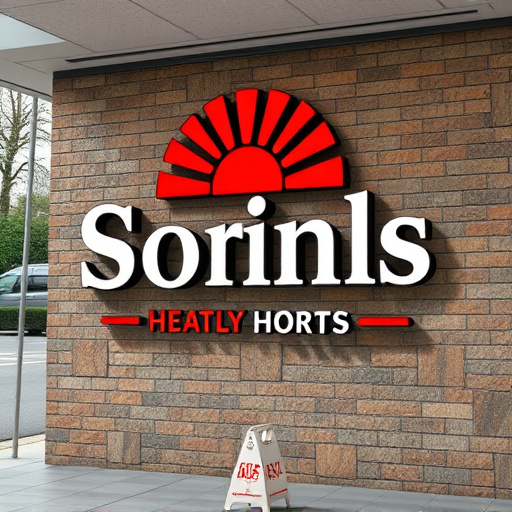Heat rejection tinting is a cutting-edge automotive detailing technique that combines science and aesthetics. By controlling light transmission through specific dyes and coatings, it offers high clarity, low reflectivity, and blocks most of the sun's heat and UV radiation. This not only maintains a comfortable cabin temperature but also protects interiors from harmful rays, making it a crucial step in vehicle protection. Beyond style, this technology improves driver visibility, reduces glare, and efficiently rejects heat, ideal for hot climates. With vast applications in various industries like architecture and electronics, heat rejection tinting promises enhanced comfort, energy efficiency, and technological innovation.
Heat rejection tinting is transforming the way we manage building energy efficiency. This cutting-edge technology offers a dual benefit: it blocks harmful UV rays, preserving interiors and reducing fade damage, while also minimizing solar heat gain for cooler, more energy-efficient spaces.
This article delves into the science behind heat rejection tinting, explores its remarkable benefits, and examines its growing applications and promising future prospects in an increasingly sustainable world. Discover how advanced window technologies are revolutionizing buildings of all kinds.
- Understanding Heat Rejection Tinting: The Science Behind It
- Benefits of High Clarity and Low Reflectivity Windows
- Applications and Future Prospects of Advanced Heat Rejection Tinting Technology
Understanding Heat Rejection Tinting: The Science Behind It

Heat rejection tinting is a cutting-edge automotive detailing technique that’s transforming how we enhance and protect our vehicles. The science behind it involves carefully controlling light transmission through glass, leveraging specific dyes and coatings to achieve high clarity and low reflectivity. When sunlight hits a tinted window, these advanced films interact with the light waves, filtering out most of the heat and UV radiation while allowing visible light to pass through unobstructed.
This isn’t just about aesthetics; it’s a crucial step in vehicle protection. By blocking heat, these tinting solutions help maintain a comfortable cabin temperature, reducing the need for excessive air conditioning. Additionally, they safeguard both passengers and vehicles from harmful UV rays, which can fade interiors and even contribute to the deterioration of vehicle components over time. It’s a game-changer for those looking to combine style, functionality, and protection in their automotive detailing endeavors.
Benefits of High Clarity and Low Reflectivity Windows
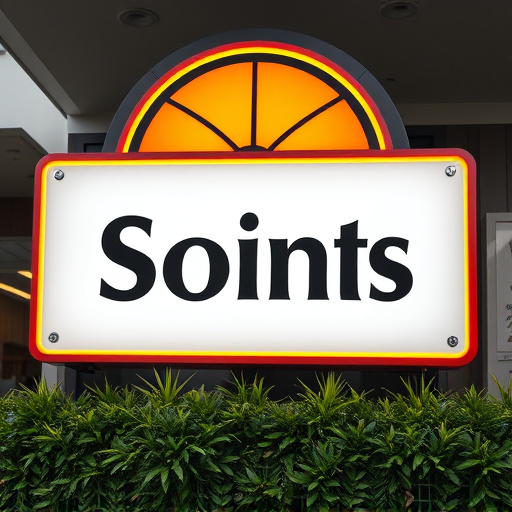
Windows that offer high clarity and low reflectivity are a game-changer in the automotive industry, especially when it comes to heat rejection tinting. This technology provides several key advantages for vehicle owners seeking enhanced comfort and protection. Firstly, the high clarity ensures minimal distortion of exterior views, allowing drivers to maintain optimal visibility while driving, which is crucial for safety and awareness. Secondly, low reflectivity significantly reduces glare from sunlight and artificial lighting, providing a more comfortable driving experience, especially during bright days or in areas with intense street lighting.
Additionally, these windows are designed to efficiently reject heat, making them an excellent choice for regions with hot climates. By blocking a substantial amount of solar radiation, they help maintain a cooler interior, reducing the reliance on air conditioning and potentially saving energy costs. This benefit is particularly valuable for those who use their vehicles extensively in various weather conditions, ensuring both comfort and efficient vehicle performance. Moreover, professionals offering premium automotive services or specialized in PPF installation and custom vehicle wraps can leverage these windows to deliver top-tier solutions tailored to clients’ needs, enhancing the overall aesthetic appeal and functionality of the vehicle.
Applications and Future Prospects of Advanced Heat Rejection Tinting Technology
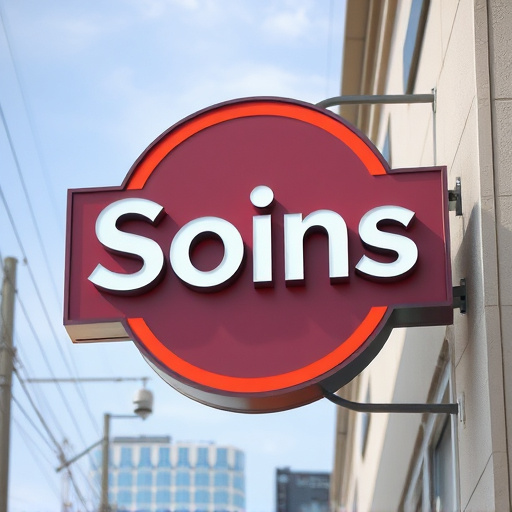
The applications of advanced heat rejection tinting technology are vast and promising. This innovative process goes beyond traditional window tinting by offering unparalleled clarity and minimal reflectivity, making it a game-changer in various industries. In the automotive sector, for instance, high-quality heat rejection tinting can significantly enhance driver comfort by reducing interior temperatures, thereby improving safety during hot weather conditions. It also contributes to fuel efficiency by lowering the need for excessive air conditioning.
Looking ahead, the future prospects of this technology are equally exciting. As research progresses, we can expect even more sophisticated coatings that offer better heat rejection capabilities while maintaining superior optical clarity. This advancement is not just limited to vehicles; it has potential applications in architecture, where smart windows could automate temperature control, and in electronic devices, where efficient heat dissipation becomes crucial for performance and longevity. The integration of heat rejection tinting into premium automotive services and other sectors will undoubtedly drive a new era of enhanced comfort, energy efficiency, and technological innovation.
Heat rejection tinting technology, with its advanced capabilities offering high clarity and low reflectivity, is transforming the way we manage solar heat gain in buildings. By understanding the science behind it and leveraging its numerous benefits, architects, engineers, and homeowners can create energy-efficient spaces that prioritize comfort while reducing environmental impact. As this technology continues to evolve, its future prospects look promising, promising innovative applications that could revolutionize building design and contribute to a more sustainable world.



